New friends, follow us to stay updated.

Source:Everything Cloud Internet of Things
Texas Instruments (TI) announced this week what it claims to be a “breakthrough” in bulk acoustic wave (BAW) resonator technology. Utilizing micro-resonator technology, TI no longer needs to use external quartz crystals. Instead, it can directly integrate high-precision and ultra-low jitter clocks into packages that contain other circuits, according to the company. This allows TI to launch the industry’s first crystal-less wireless MCU for the embedded market, the SimpleLink CC2652RB, with the clock integrated on the same chip.
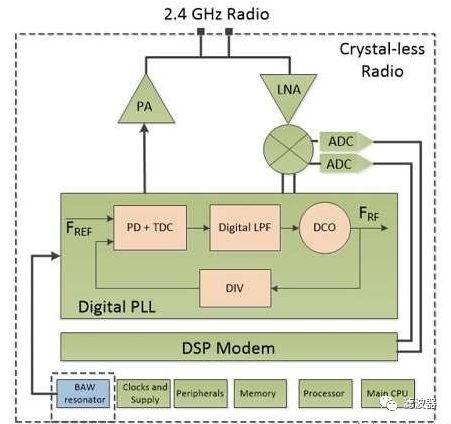
TI claims a breakthrough in BAW technology.
At the same time, by applying the same BAW technology to network infrastructure, TI introduced a network synchronizer named LMK05318, which can achieve 400 Gbps link performance even under high system-level interference.
Ray Upton, TI’s Vice President of Microcontroller Connectivity, explained that the new technology is crucial for “moving large amounts of data in a stable manner,” thereby improving high-performance communications. Kim Wong, TI’s Vice President of High-Speed Data and Clock, stated that the technology also enables high-precision and robust communication between IoT devices, now developed in a less bulky form.
In short, the advancements in BAW technology bring “higher performance, simpler designs, lower costs, and smaller sizes” to wired and wireless networks, Wong explained.
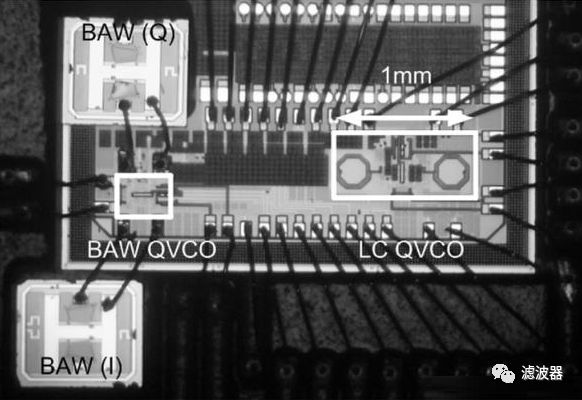
Microscopic photo of BAW and LC-QVCO chips.
Why BAW Resonator Technology is Important
Philip Solis, Director of IDC’s Connectivity and Smartphone Semiconductor Research, told the media that the new BAW resonator technology is “very important because TI is integrating it into its silicon chip products, thereby shortening design time, solution size, and component costs.”
Additionally, Solis stated, “Using BAW resonators is more accurate than using quartz crystals.” Quartz crystals require additional components to extend their accuracy – over time – their performance changes beyond controllable temperature variations, he added.
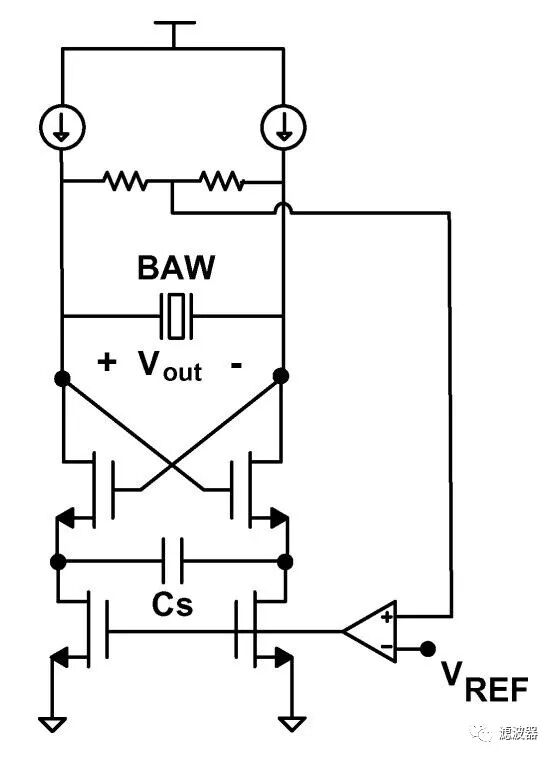
BAW-based differential oscillator.
As he explained, “If it is just a different timing method, it would be more accurate and reduce the need for other external components, but the BAW resonator is made of silicon and is part of various TI products.”
Today, timing typically requires quartz crystals. “Everyone uses quartz crystals as clocks,” Solis said. In this case, the BAW resonator technology provides TI with a significant advantage by eliminating the need for external components mounted on the PCB, he noted.
When asked why no one in the industry has built something similar to a BAW resonator, Upton said, “It is very difficult to develop.” TI has been involved in MEMS research for many years. However, converting electrical energy into mechanical acoustics while keeping the signal stable and robust within a clean clock is not easy.
Main Features
TI’s SimpleLink multi-standard CC2652RB is a wireless MCU that uses a BAW resonator in a quad flat no-lead (QFN) package. It claims to reduce overall footprint without an external high-speed 48-MHz crystal.
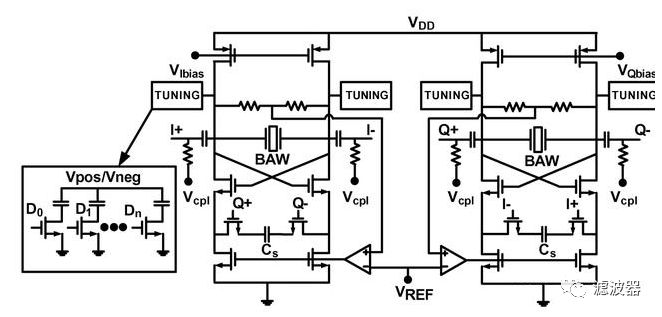
BAW-based quadrature voltage-controlled oscillator.
TI states that this also provides simplified design. The CC2652RB is the lowest power multi-standard device, supporting Zigbee, Thread, Bluetooth Low Energy, and proprietary 2.4-GHz connectivity on a single chip. The CC2652RB can achieve more design options and flexibility across a wider range of applications and environments, operating from -40°C to 85°C, unlike many crystal-based solutions.
Another TI product is the ultra-low jitter single-channel LMK05318 network synchronizer clock, which offers higher network performance. TI explains that its single-channel network synchronizer clock uses a BAW resonator for 400-Gbps links, helping systems transmit more data faster while providing a higher system jitter budget margin than competing devices.
 (a) Cross-section of a BAW resonator, and (b) BAW equivalent electrical model for simulation.
(a) Cross-section of a BAW resonator, and (b) BAW equivalent electrical model for simulation.
LMK05318 features ultra-low jitter and industry-best non-disruptive switching performance, providing the lowest bit error rate for 56-Gbps and emerging 112-Gbps pulse amplitude modulation-4 links, resulting in better network performance.
Design Trade-offs?
When asked if there are trade-offs by integrating the BAW resonator into the wireless MCU package, Wong noted that the potential power consumption increment is about 2% – “a few hundred microamps.” He called it a “reasonable trade-off, [considering] its benefits outweigh [it].”
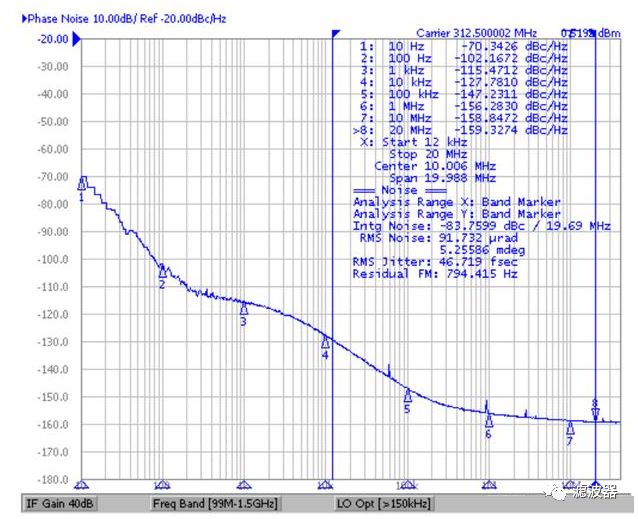
Phase Noise
Availability
According to the company, pre-production samples of the CC2652RB come in a 7×7 mm ultra-thin QFN (VQFN) package.
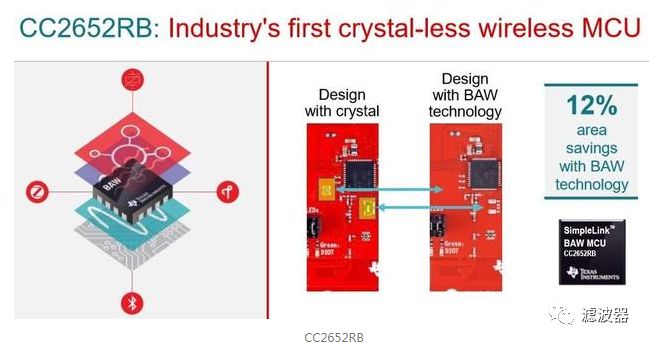
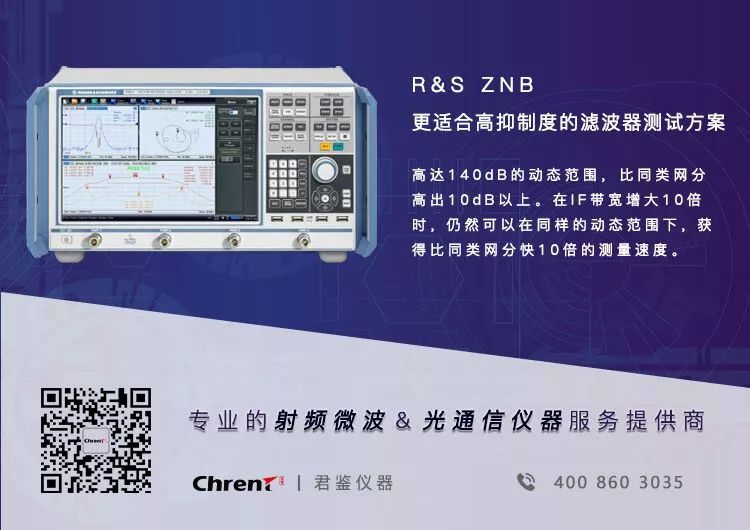
Recent Technology Highlights:(Click to read)
-
Recommended Classic Books on Filters
-
Passive Intermodulation in Filters (Part 3)
-
Third-Order Intermodulation Frequency Intercept Point Testing Methods
-
Comprehensive Knowledge Base of Electronic Components
▼▼Click “Read Original” to view historical messages